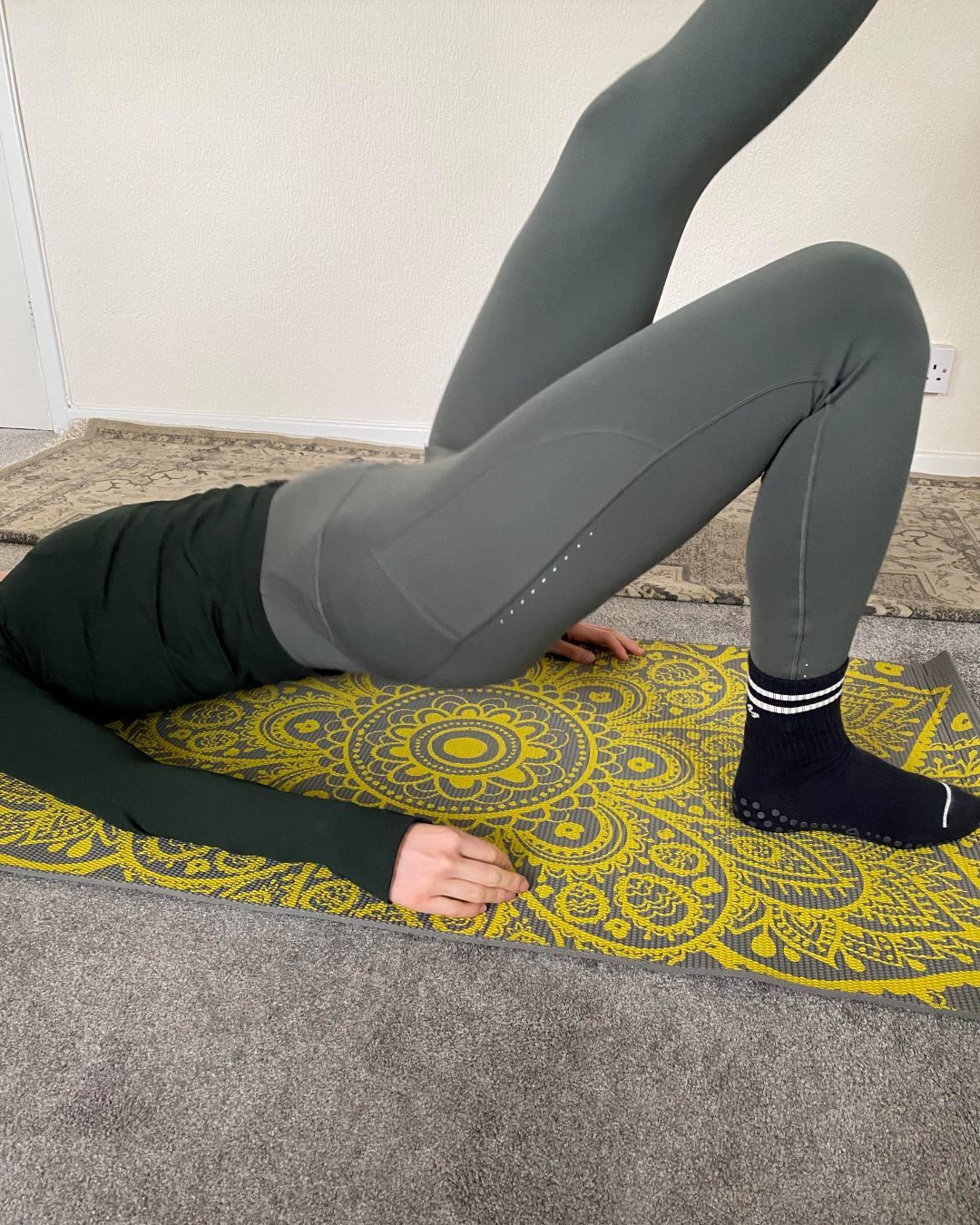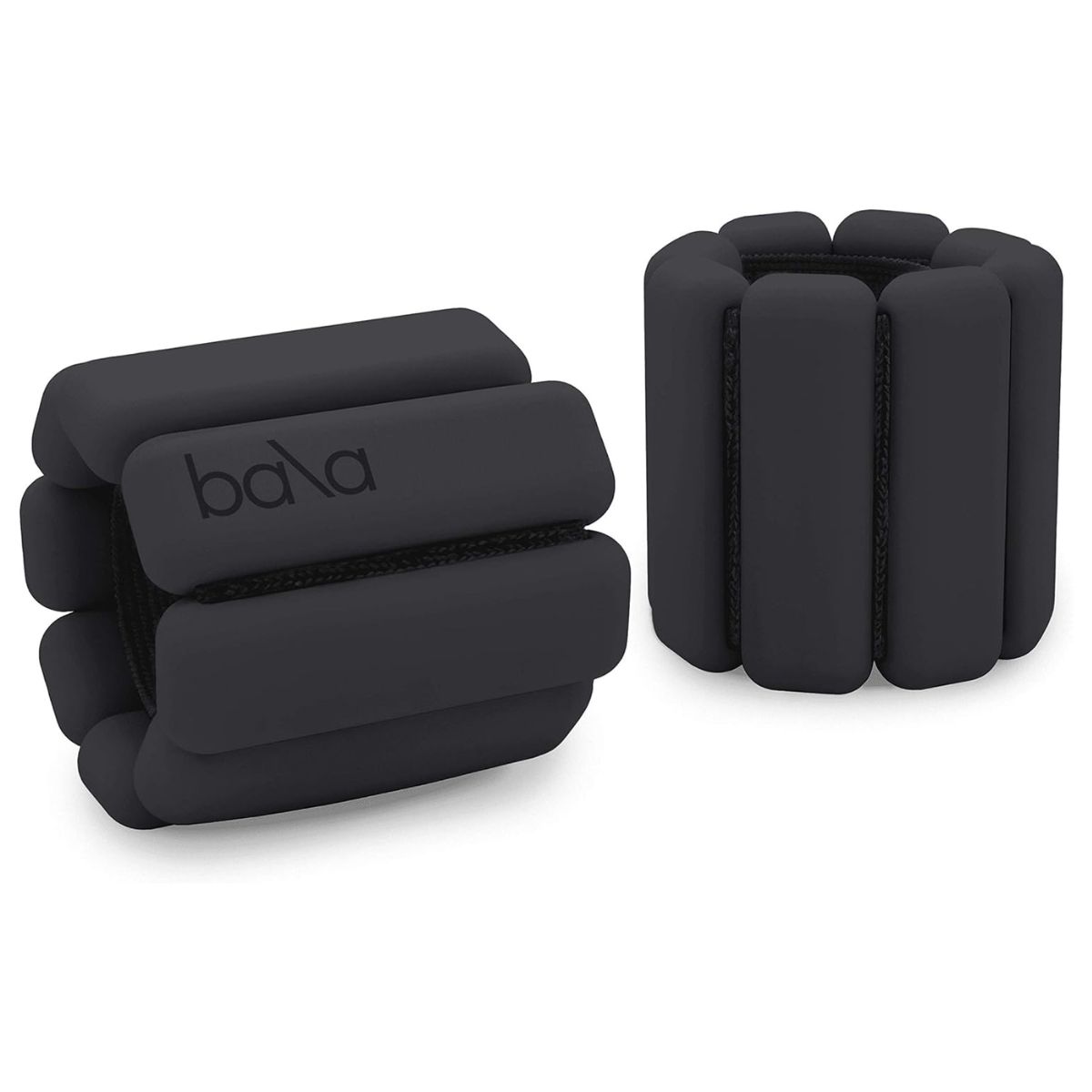I’ll be the first to admit it – I spend way too much time sitting down. Between long workdays at my laptop and evenings curled up on the sofa, my glutes don’t exactly get the attention they deserve on a day-to-day basis. Sure, I’ll make sure to include some glute-focused exercises when I’m strength training at the gym, but I still wind up with lingering ache in my right glute at the end of each day.
Be it a problem with my hip flexor or a problem with the glute itself, I’m not sure – but when I heard that a weak or “switched off” glute could be behind everything from back niggles to poor posture, my curiosity was piqued.
Speaking to MC UK, Jade Millner, PT and founder of EmpowerMe HQ, explained that tight glutes are a pretty common problem. “Most women don’t realise how much time they spend sitting at a desk, driving, or with their legs crossed,” she said. “Over time, that creates small imbalances that completely shift how our body moves. One hip sits higher, one glute switches off, and before you know it, your back and knees are doing all the work your glutes should be doing.”
Cue my new mission: practising the single-leg glute bridge every day for a week. It’s a small but mighty move designed to fire up each side individually, correct imbalances, and build strength where it’s most needed.
Keen to know if the single-leg version of the classic glute bridge really lives up to the hype? You’re in the right place. Below, I break down what the move actually is, what happened when I tried it every day for a week, and whether it’s something I’d recommend. And while you’re here, don’t miss our other fitness experiments – from trying the OG glute bridges every day, to Bulgarian split squats, bodyweight squats, and goblet squats. Keen to incorporate more glute exercises and the best glute workouts into your routine? We’ve got just the guides for that, too.
I tried single leg glute bridges every day for a week – and, in a word, wow
What are single-leg glute bridges?
Think of the single-leg glute bridge as the classic glute bridge’s tougher, more targeted cousin. Instead of lifting your hips with both feet on the floor, you keep one leg extended while the other foot stays grounded.
“This not only means you’re working your glutes, hamstrings and core, but it challenges your strength, stability and coordination in a big way, as you’re effectively balancing on one leg,” personal trainer Carly Corrigall advocates.
In other words, you’re asking your body to do the same movement with half the support – and that’s where the magic happens.
What are the benefits of single-leg glute bridges?
If you’re used to training both sides of your body at once, unilateral moves like the single-leg glute bridge are a real game-changer. “It forces each side of the body to pull its own weight,” Millner explains. “You can’t hide behind your stronger leg or dominant side. Every rep teaches your body to stabilise, balance, and move more efficiently.”
That’s what makes single-leg training so powerful: it retrains your body to work as evenly as possible. Don’t just take our word for it – a 2023 study found that the single-leg banded glute bridge activates both the gluteus maximus and medius more effectively than other popular lower-body exercises. Further research has confirmed that single-leg bridge variations can significantly increase hip joint stability over time.
By including single-leg glute bridges in our workouts, we can help offset any postural issues caused by sitting at a desk or favouring one side during daily activities.
“Single-sided work is a great way to balance things out,” Corrigall summarises. “It means you’ll move better in all of your daily activities and workouts, and it reduces your chances of getting injured.”
How to perform a single-leg glute bridge with good form
If we want to experience all the glorious benefits the single-leg glute bridge has to offer, it’s essential that we practise it correctly. PT Corrigall outlines the following step-by-step guidance:
- Lie on your back with your knees bent and feet flat on the floor, arms by your sides.
- Either extend one leg completely (so that the thighs are parallel), or take that same leg into a table-top position with the knee bent.
- Push through the grounded foot to lift your hips towards the ceiling, keeping them level.
- Squeeze your glutes at the top, making sure not to overarch your lower back.
- Slowly lower back down with control.
- Repeat all your reps on one side before switching to the other leg.
Trying single-leg glute bridges every day – my review
Days one to three
I’d like to say I took to single-leg glute bridges naturally, but that would be a lie. Within the first few reps, I realised just how much easier it is when both feet are on the floor. Balancing on one leg felt surprisingly unstable, and I could feel my lower back taking over when my glutes should have been doing the work.
It was the same story on day two, so I reached back out to the experts for advice. PT Corrigall suggested reducing the range of motion – basically, don’t go as high when lifting.
“The aim isn’t to lift your hips as high as possible,” she said. “If you’re doing the version with one leg extended, then raise to the point where the knees of both legs are parallel.”
This tip helped me massively on day three, where I focused less on height and more on control. I slowed down each rep, paid attention to squeezing my glutes at the top, and was pleased that the movement felt more stable.
My hamstrings were definitely along for the ride too – by day three, I could feel a deep, satisfying burn that told me those neglected muscles were waking up.

(Image credit: Katie Sims)
Days four to seven
By the halfway point, the move still wasn’t easy, but it no longer felt awkward or unbalanced. I found I could lift my hips higher with more control, and I wasn’t relying on my lower back as much as I was at the start.
Come day six, I started to notice how much my core was working to keep me stable. Holding that lifted position on one leg is no joke – it forces you to engage muscles you don’t normally think about, and the payoff is a serious sense of strength through your middle. I was surprised by how effective such a small, equipment-free movement could be.
By the end of the week, I felt more balanced, both physically and mentally. The single-leg glute bridge had gone from something that made me wobble to a move that genuinely left me feeling stronger and more aligned.
It’s not one I’ll be doing every day forever, as I think my glutes are in dire need of a rest rn – but it’s earned a regular spot in my workouts for sure. And I’m hoping that over time, I’ll notice less of an imbalance in my right side compared to my left. Consistency is key, after all.

(Image credit: Katie Sims)
Shop MC UK approved fitness essentials here:
How often should you do single-leg glute bridges?
While I challenged myself to do single-leg glute bridges every day for a week, this isn’t necessary to experience the benefits. In fact, PT Millner recommends doing them two or three times a week only.
“It’s about connection, control, and consistency, she said to MC UK. “Small amounts often will transform how your body feels and moves.”




